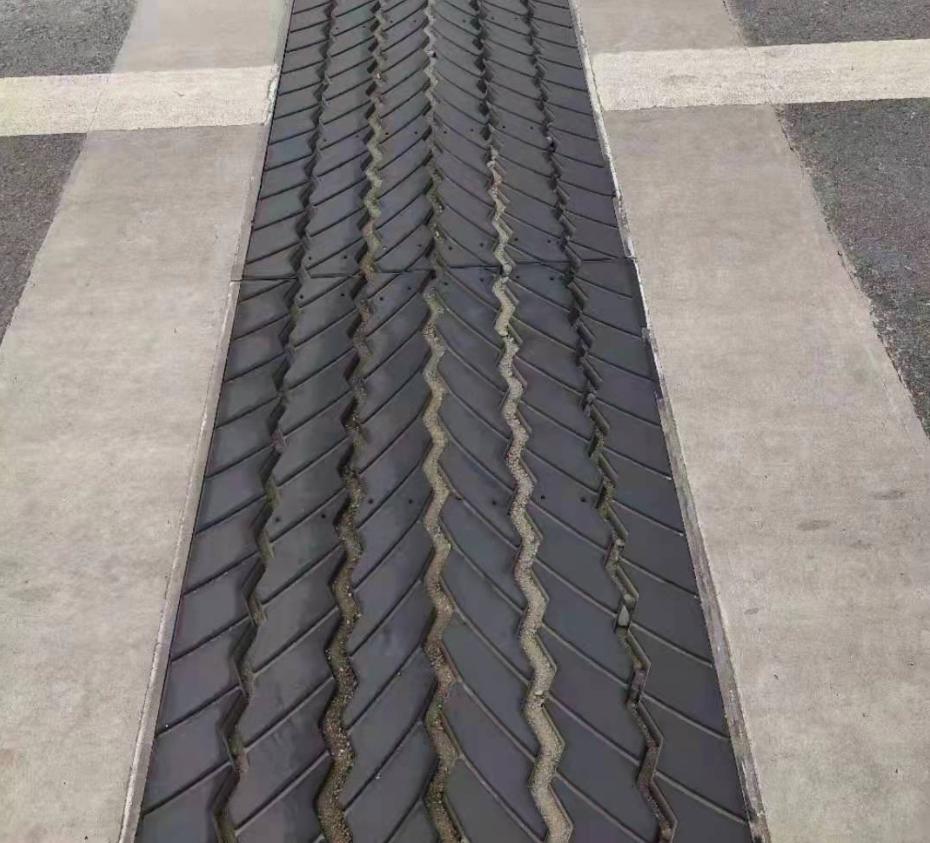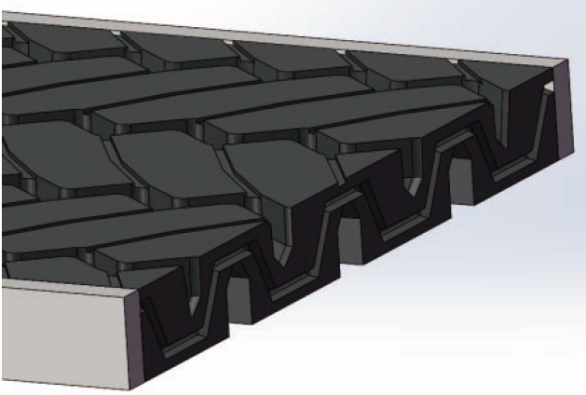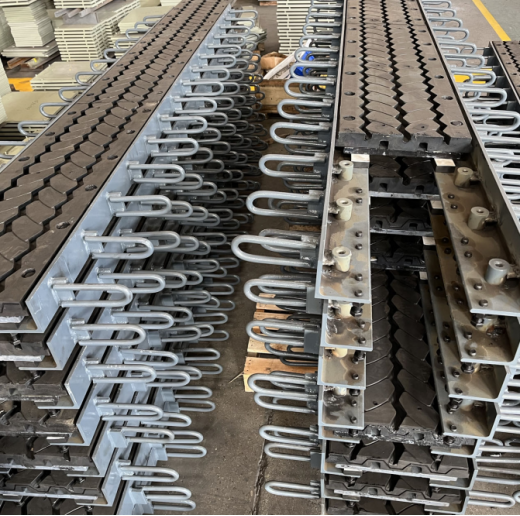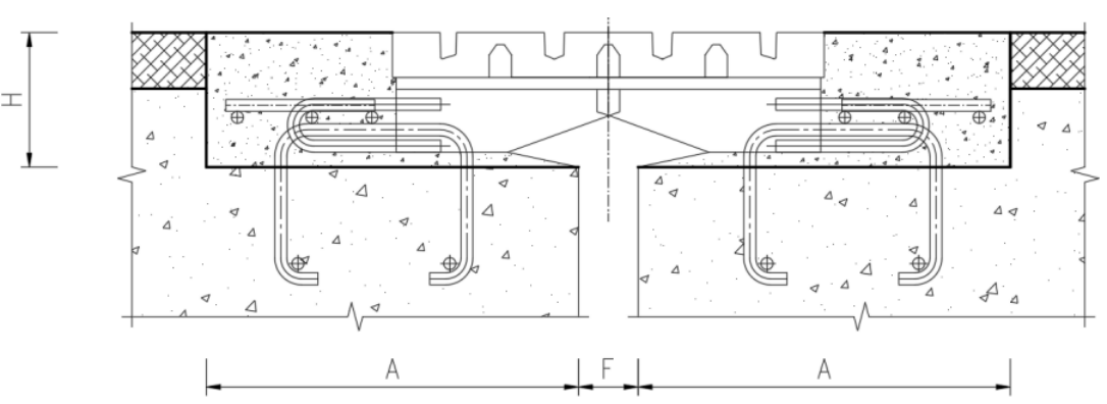We use cookies to enhance your experience. Read our policy so you can understand the types of cookies we use, the information we collect using cookies and how that information is used.Privacy Policy
Close
Confirm choices
According to ETAG 032 code, a mat expansion joint consists of an elastomeric element (mat), e.g. including a bridging plate, and the accessory anchorage system. The mat surface is flush with the running surface and carries the traffic loads. The movements take place by deformation (compression, elongation or shear) of the mat.
Details
Mat Expansion Joint

(IEC has supplied MAT Expansion Joint in numerous urban viaducts or flyovers in China, picture reveals mat joint installed in flyover at Jiaomei Taihai Industrial park, Zhangzhou, Fujian,China)
According to ETAG 032 code, a mat expansion joint consists of an elastomeric element (mat), e.g. including a bridging plate, and the accessory anchorage system. The mat surface is flush with the running surface and carries the traffic loads. The movements take place by deformation (compression, elongation or shear) of the mat.
IEC designs and manufactures mat joint using rubber elastomer with metallic reinforcement. Each mat joint is 1m long, which caters for the need of future replacement. The steel reinforcement withstands the vertical load while rubber flexibility absorbs the deformation less than 200mm movement.
The anchoring of IEC mat joint is realized by fixing steel plates + loops, which have been welded to the side vulcanized steel plate of joint, to the reinforcing rebar of bridge deck. This has been commonly seen in the modular expansion joint.
Rubber properties (CR)
Properties | ASTM Test | Norm |
Hardness (Shore A Durometer) | ASTM D2240-04 | 63±5 |
Tensile Strength, Min. (Mpa) | ASTM D412 | 20 |
Ultimate elongation at break,min % | ASTM D412 | 550 |
Oven aging, 96h at 70℃ | ||
Hardness, type A durometer, points change | ASTM D573 | -5 ~ +10 |
Tensile strength, loss, max % | ASTM D573 | 15 |
Elongation, loss, max % | ASTM D573 | 20 |
Oil Swell 168 h@23℃ | ||
Max. Volum change (%) | ASTM D471 | -10 |
Max. hardness change (%) | ASTM D471 | -10 |
Ozone resistance (50pphm, 20% strain, 40℃ at 96h) | ASTM D1149 | no crack |
Compression set (aged 24h@70℃), max % | ASTM D395 | 25 |
Brittleness -40℃ | ASTM D746 | -40℃ |
peeling strength between rubber and steel shim,N/mm | 12 | |


3D view mat joints produced at IEC
Merits:
üCombining the strength of steel plates with the flexibility of rubber;
üVehicle wheels touch the joint with rubber-to-rubber contact, which can absorb the impact of the vehicle to considerable extent, providing superior driving comfort;
üJoint surface features with anti-slip design to improve driving safety;
üJoint can meet requirements of displacement and rotation in both horizontal and vertical directions;
üJoints are connected by rods to ensure continuity, waterproof performance and practical replaceability.

Section view
model | movement (mm) | beam gap(mm) | Block-out size(mm) | ||
longitudinal | transversal | ||||
expansion | contraction | A | |||
E-FLEX80 | 45 | 35 | ±24 | 100±10 | 450 |
E-FLEX120 | 70 | 50 | ±36 | 140±10 | 450 |
E-FLEX160 | 90 | 70 | ±48 | 180±10 | 500 |
E-FLEX200 | 110 | 90 | ±60 | 250±10 | 500 |
Consult IEC engineers for more information.